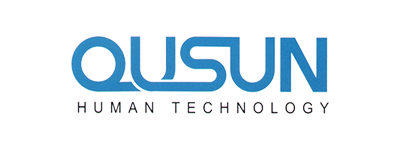After the COVID-19 pandemic stopped many asylum procedures throughout Europe, fresh technologies are now reviving these systems. Out of lie detection tools tested at the boundary to a system for verifying documents and transcribes selection interviews, a wide range of systems is being made use of in asylum applications. This article explores just how these solutions have reshaped the ways asylum procedures are conducted. This reveals just how asylum seekers will be transformed into compelled hindered techno-users: They are asked to adhere to a series read review of techno-bureaucratic steps and also to keep up with unforeseen tiny changes in criteria and deadlines. This kind of obstructs their capacity to browse these systems and to follow their right for safeguards.
It also displays how these technologies will be embedded in refugee governance: They accomplish the ‘circuits of financial-humanitarianism’ that function through a whirlwind of spread technological requirements. These requirements increase asylum seekers’ socio-legal precarity simply by hindering them from interacting with the stations of protection. It further argues that analyses of securitization and victimization should be coupled with an insight into the disciplinary mechanisms of the technologies, through which migrants will be turned into data-generating subjects who have are disciplined by their dependence on technology.
Drawing on Foucault’s notion of power/knowledge and comarcal understanding, the article argues that these systems have an inherent obstructiveness. They have a double impact: whilst they assist with expedite the asylum process, they also produce it difficult for refugees to navigate these kinds of systems. They are positioned in a ‘knowledge deficit’ that makes these people vulnerable to illegitimate decisions created by non-governmental actors, and ill-informed and unreliable narratives about their instances. Moreover, they pose new risks of’machine mistakes’ that may result in erroneous or discriminatory outcomes.








































